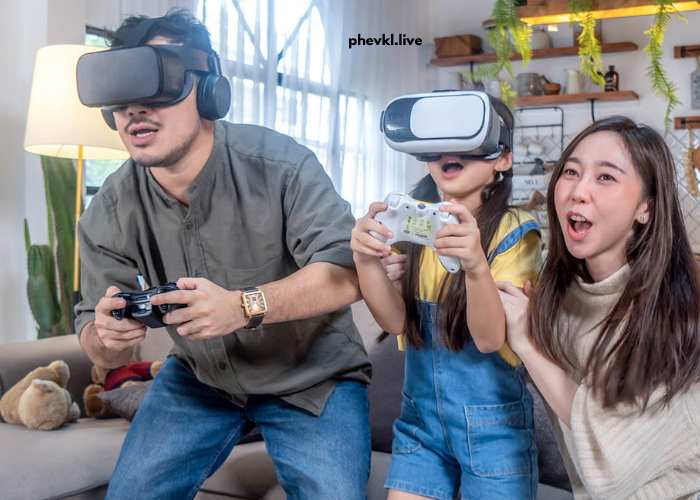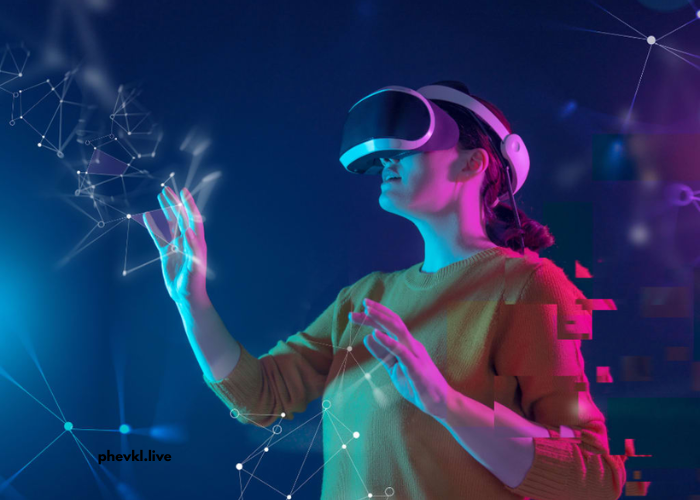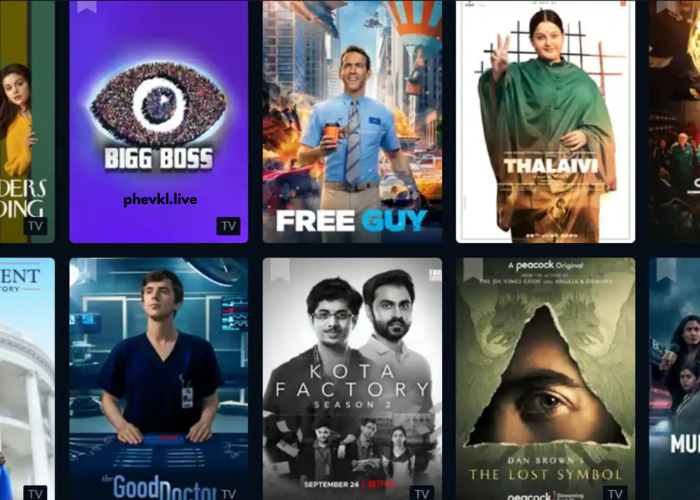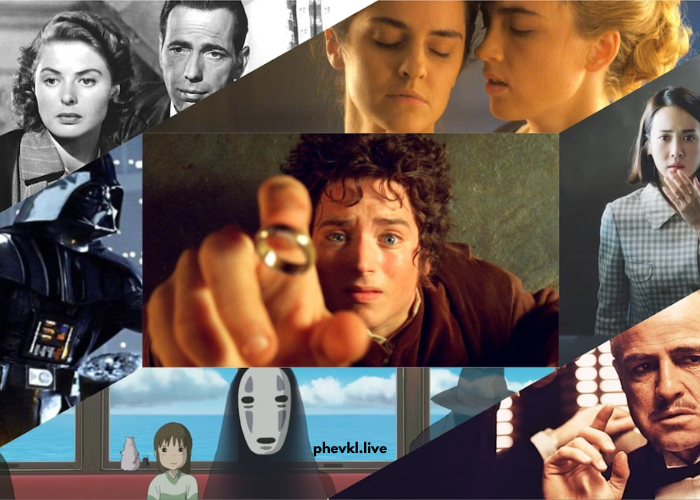
As we step into 2025, the pace of technological advancement continues to accelerate, transforming how we live, work, and interact with the world around us. From artificial intelligence and quantum computing to biotechnology and immersive realities, emerging technologies are reshaping industries, economies, and society itself.
In this article, we explore the top emerging technologies in 2025 that you must know about. Whether you’re a business leader, tech enthusiast, student, or investor, understanding these innovations is crucial for staying ahead in a rapidly evolving digital landscape.
Artificial Intelligence (AI) and Machine Learning (ML)
Generative AI Expands Beyond Content Creation
While Generative AI tools like ChatGPT and DALL·E gained popularity in 2023 and 2024, their applications in 2025 are more dynamic. From personalized education and medical diagnostics to code generation and legal consulting, generative AI is becoming a mainstream tool for productivity and creativity.
Edge AI for Real-Time Processing
Edge AI refers to AI algorithms processed locally on a device, enabling real-time decisions without relying on cloud infrastructure. In 2025, it’s powering autonomous vehicles, smart factories, and healthcare devices, offering faster response times and enhanced data privacy.
Quantum Computing
Commercial Use Cases Are Emerging
2025 is a pivotal year for quantum computing, moving from theoretical applications to real-world problem-solving. Companies like IBM, Google, and startups such as IonQ and Rigetti are making quantum processing units (QPUs) more accessible.
Quantum Security and Encryption
With the rise of quantum computing, post-quantum cryptography is essential for securing data. Organizations are beginning to transition to quantum-resistant encryption protocols to safeguard sensitive information in finance, defense, and healthcare.
Extended Reality (XR): AR, VR, and MR
Mixed Reality in Enterprise Environments
Extended reality (XR), which includes augmented reality (AR), virtual reality (VR), and mixed reality (MR), is revolutionizing training, design, and collaboration. In 2025, MR is used in remote surgeries, architecture modeling, and immersive education, improving both accessibility and efficiency.
AR-Powered Shopping and Navigation
AR is integrated into smartphones and wearables to enhance real-world interactions. From trying on virtual clothes to navigating airports with 3D overlays, augmented reality is enhancing user experience across industries.
5G and Beyond: The Era of 6G
Ultra-Fast Connectivity and IoT Synergy
While 5G is now widely available, early-stage 6G research and testing have begun. Offering speeds up to 100 times faster than 5G, 6G aims to enable real-time holographic communications, ultra-dense IoT networks, and AI-powered smart cities.
Industrial IoT (IIoT) Applications
In sectors like manufacturing, logistics, and agriculture, Industrial IoT paired with 5G ensures real-time data collection, monitoring, and automation. This technology significantly boosts productivity and reduces downtime.
Biotechnology and HealthTech
Precision Medicine and Genetic Editing
CRISPR and other gene-editing technologies are reaching clinical viability. In 2025, personalized medicine based on genetic profiles is transforming how doctors treat chronic illnesses like cancer, diabetes, and rare genetic disorders.
Wearable Health Monitors and Digital Twins
Wearables now do more than count steps—they monitor real-time glucose levels, heart health, and even detect early signs of disease. Additionally, digital twins of human organs are being used for virtual testing of treatments and surgeries.
Clean and Renewable Energy Technologies
Green Hydrogen as a Clean Fuel
Green hydrogen, produced using renewable electricity, is gaining traction as a clean alternative to fossil fuels. In 2025, it is being used to power industries, transport systems, and even residential heating in eco-conscious regions.
Smart Grids and Energy Storage Innovations
With the growing integration of solar and wind energy, smart grid systems powered by AI optimize energy distribution. Meanwhile, advanced battery technologies, like solid-state and graphene-based batteries, ensure efficient energy storage.
Blockchain and Web3 Technologies
Decentralized Finance (DeFi) Matures
DeFi platforms are now regulated in several countries, making them safer and more accessible. Smart contracts and decentralized applications (dApps) are driving innovation in finance, insurance, and supply chain management.
Real-World Asset Tokenization
2025 sees the rise of tokenized real-world assets (RWAs) like real estate, art, and commodities. Blockchain ensures transparency, liquidity, and fractional ownership, making investments more inclusive and borderless.
Autonomous Systems and Robotics
AI-Driven Robotics in Daily Life
From household helpers to industrial bots, robots are becoming more intelligent and adaptive. AI allows them to learn from their environments, making them more efficient in repetitive tasks, healthcare assistance, and elder care.
Autonomous Delivery and Transportation
Drone delivery services and self-driving logistics vehicles are operational in several urban and suburban regions. Autonomous transport is streamlining last-mile delivery and reducing human error in logistics and public transit.
Cybersecurity and Privacy Technologies
Zero Trust Architecture
As cyber threats evolve, businesses are adopting Zero Trust security models, where no user or system is trusted by default. Every access request is authenticated, authorized, and continuously validated.
AI-Powered Threat Detection
In 2025, cybersecurity tools powered by AI can identify unusual patterns in real time, detect ransomware attacks early, and respond autonomously. This is essential in a world increasingly reliant on digital ecosystems.
Space Technology and Commercial Space Exploration
Private Sector Innovation in Space
Companies like SpaceX, Blue Origin, and Rocket Lab continue to revolutionize space travel. In 2025, satellite internet, space tourism, and lunar exploration are all driven by the private sector.
Space-Based Solar Power
One of the most exciting developments is the concept of space-based solar power stations. These satellites collect solar energy in orbit and transmit it to Earth, offering a continuous, eco-friendly energy source.
Natural Language Processing (NLP) and Conversational AI
Multilingual and Emotionally Intelligent Chatbots
Chatbots in 2025 understand context, emotion, and cultural nuances across languages. These AI agents are widely used in customer support, therapy, and education, offering personalized and empathetic experiences.
Voice Cloning and Real-Time Translation
Advances in NLP now enable real-time voice translation and realistic voice cloning. This breaks language barriers in global communication and enriches media creation, education, and travel experiences.
Smart Cities and Urban Technologies
AI-Optimized Urban Infrastructure
In 2025, many cities have implemented AI to manage traffic flow, energy distribution, waste management, and emergency services. Smart city technologies reduce congestion, cut emissions, and improve quality of life.
Digital Identity and e-Governance
Governments are adopting blockchain-based digital identity systems for voting, taxes, and public services. These systems enhance transparency, reduce bureaucracy, and ensure secure citizen data handling.
Digital Twins and Simulation Technologies
Real-Time Industrial Simulations
A digital twin is a virtual replica of a physical object or system. In 2025, they are used in manufacturing, aerospace, urban planning, and healthcare to simulate performance, predict failures, and optimize operations.
Virtual Prototyping and R&D
Organizations now test new products and infrastructure virtually before building them, saving millions in R&D and minimizing environmental impact. This speeds up innovation and enhances sustainability.
Neuromorphic Computing and Brain-Computer Interfaces
Human-AI Symbiosis
Neuromorphic chips mimic the brain’s neural networks, enabling low-power, high-speed computing ideal for AI. In parallel, brain-computer interfaces (BCIs) are being developed to help paralyzed patients control devices using thought alone.
Cognitive Enhancement and Mental Health
Some companies are exploring non-invasive BCIs to treat depression, ADHD, and PTSD. These devices stimulate neural pathways, offering an alternative to traditional pharmacological treatments.
Metaverse and Digital Ecosystems
From Gaming to Enterprise
Initially associated with gaming, the metaverse in 2025 is transforming remote work, social networking, and commerce. Virtual offices, branded experiences, and immersive education platforms are increasingly common.
Blockchain-Based Ownership in Virtual Worlds
Thanks to NFTs and decentralized economies, users can own, trade, and monetize digital assets—ranging from avatars to virtual land. This has opened up new markets and career paths in the digital realm.
Conclusion
The landscape of emerging technologies in 2025 is vast and evolving rapidly. These innovations are not only redefining how we interact with machines and each other but also offering solutions to some of humanity’s greatest challenges—from climate change to healthcare access.
Staying informed about these technologies is crucial for individuals, businesses, and governments alike. By embracing the opportunities they present, we can build a smarter, more sustainable, and more inclusive future.
As 2025 unfolds, one thing is certain: those who adapt and innovate will lead the way forward.






